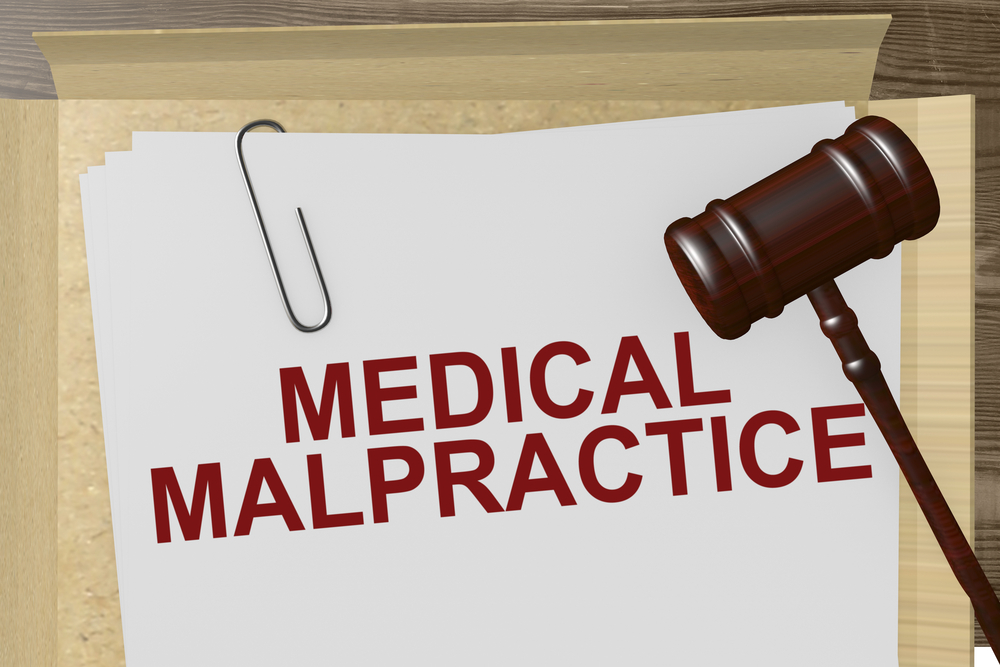Apparent Agency MCO: Bradford v. Jai
The Baltimore Medical Malpractice Lawyer Blog explores pivotal issues in Maryland medical malpractice cases. In this post, I delve into the significant issue of apparent agency involving a managed care organization (MCO). The case in focus is the Court of Appeals of Maryland reported opinion in Bradford vs. Jai Medical Systems Managed Care Organization, Inc., 439 Md. 2 (2014).
Factual Background
The defendant sued under apparent agency was a managed care organization (MCO). The defendant contracted with medical providers to specifically serve persons enrolled in the state Medicaid program. However, the podiatrist at issue was not an employee or agent of the defendant. (Op. at 1).
The defendant did not employ its own medical providers. Instead, it contracts with them to participate in the defendant’s network. A member has a primary care provider who can then issue referrals to other providers in the network for specialty care. The defendant also operates four medical centers. (Id. at 5-6.)
At the time of the events of this case, the plaintiff had been a member of the defendant’s MCO for over 10 years. The defendant provided her materials, including a member handbook and a provider directory listing approximately 4,000 doctors, hospitals, and pharmacies. Many of the doctors’ addresses were at area hospitals. (Id. at 7).
Apparent Agency for MCO
The plaintiff sought to hold the defendant liable for the doctor’s negligence on the theory of apparent agency. The plaintiff asserted that the defendant created the appearance that the doctor was its employee and that the plaintiff then reasonably relied on that appearance. (Id. at 1).

The plaintiff saw her primary care physician at the defendant. She was having foot pain as a result of a bunion. She asked for a referral specifically to the podiatrist in this case. The plaintiff believed that the podiatrist worked for the defendant because she claimed she had seen him at the defendant’s medical center. She admitted that there were no signs regarding the podiatrist at that location. The plaintiff then saw the podiatrist at his private office. (Id. at 10-11).
The podiatrist performed surgery on the plaintiff’s foot at one of the area hospitals. Afterward, the plaintiff’s foot became gangrenous. She ended up having to have an amputation of a portion of her foot and a bypass on that leg. The bypass left a scar from her thigh to her ankle. (Id. at 11-12).
Medical Malpractice Case with Apparent Agency for MCO
The plaintiff filed a medical malpractice case in the Circuit Court for Baltimore City against the podiatrist and the hospital. The allegations included that she had a circulatory condition that placed her at material risk of injury from the operation. She amended her complaint to add the defendant and the primary care physician group, which was involved in her initial referral to the podiatrist. (Id. at 12-13).
The podiatrist failed to respond to the complaint, and the court entered a default judgment against him. The remaining defendants filed motions for summary judgment, which the court denied. (Id. at 13).
At trial, the trial judge granted the hospital’s motion for judgment. The jury awarded $3.64 million and found that the defendant was liable under the theory of apparent agency. However, the primary care physician group was not. The circuit court reduced the verdict to $714,000 under the statutory cap. The defendant appealed to the Court of Special Appeals, a Maryland intermediate appellate court. (Id. at 3-14). The Court of Special Appeals reversed the verdict on the grounds of insufficient evidence. The plaintiff appealed to the Court of Appeals. (Id. at 1).
Court of Appeals
Apparent agency is an equitable doctrine, whereby a principal is responsible for the acts of another because the principal, by its words or conduct, has represented that an agency relationship existed between the apparent principal and its apparent agent. Maryland has applied the theory of apparent agency to uphold a judgment against a hospital for the negligence of an independent-contractor physician with whom it contracted to staff the hospital’s emergency room. (Id. at 16).
The doctrine of apparent agency has three elements:
Did the apparent principal create, or acquiesce in, the appearance that an agency relationship existed?
Did the plaintiff believe that an agency relationship existed and rely on that belief in seeking the services of the apparent agent?
Were the plaintiff’s belief and reliance reasonable? (Id. at 18).
Analysis
The Court of Appeals found sufficient evidence that the plaintiff had a subjective belief that an employment relationship existed for MCO apparent agency. This belief is crucial in the doctrine of apparent agency, as it forms the basis of the plaintiff’s claim. She thought that the defendant employed the doctors who accepted her MCO card, and she claimed she saw the podiatrist at one of the defendant’s clinics. (Id. at 21).
The defendant’s representations concerning its relationship with the podiatrist involved the provider directory, which listed 4,000 doctors, hospitals, and pharmacies. They did not identify any of them as agents of the defendant. In addition, the members’ handbook did not specify an agency relationship between the defendant and its network providers. (Id. at 21-22)
Lastly, the CA concluded that the jury could not find the plaintiff’s belief that the podiatrist worked for the defendant reasonable. It was not possible to reasonably conclude that 4000 providers, nearly every Maryland Hospital, and also many well-known pharmacies all had employment relationships with the defendant. In addition, there was no evidence that the plaintiff relied on the defendant’s documents in concluding employment. (Id. at 22-23).
The CA also concluded that the plaintiff’s one-time seeing of the podiatrist at one of the defendant’s medical centers, which the defendant disputed, provided no basis for concluding that he was an employee. (Id. at 23).
Accordingly, the CA concluded that there was insufficient evidence to create a question for the jury on the issue of MCO apparent agency. The CA said that had the podiatrist maintained his office and treated the plaintiff at one of the defendant’s medical centers, then the legal conclusion might have been different. (Id. at 24).
Commentary by Baltimore Medical Malpractice Lawyer Mark Kopec
In this case, the plaintiff contended that she saw the podiatrist at the defendant’s medical clinic, but the defendant disputed that fact. It was undisputed that in seeking care in this case, she had multiple visits to the podiatrist’s private office at another location. In addition, her surgery was at a hospital.
The plaintiff may very well have believed that the podiatrist was an employee of the defendant, but that was not based on any representation by the defendant. The defendant’s provider list specifically included 4,000 entries. These included doctors with addresses at area hospitals, most area hospitals, and also many well-known chain pharmacies. That list was not going to serve as a reasonable basis for believing that the defendant employed all of the entries under MCO apparent agency.
Apparent agency is an important theory for plaintiffs when defendants create environments that suggest an agency relationship. However, the facts of this case were not going to succeed with that theory.
You can read another Blog post on Apparent Agency Orthopedic Surgeon: Williams v. Dimensions, and more general issues in Parties.
Mark Kopec is a top-rated Baltimore medical malpractice lawyer. Contact us at 800-604-0704 to speak directly with Attorney Kopec in a free consultation. The Kopec Law Firm is in Baltimore and helps clients throughout Maryland and Washington, D.C. Thank you for reading the Baltimore Medical Malpractice Lawyer Blog.





